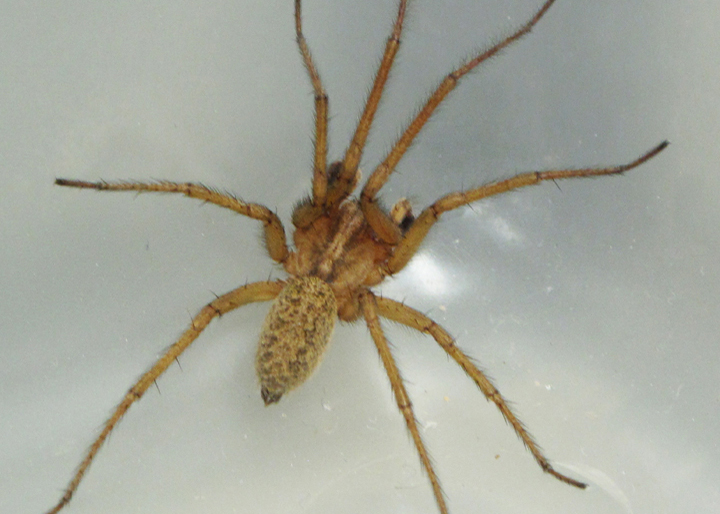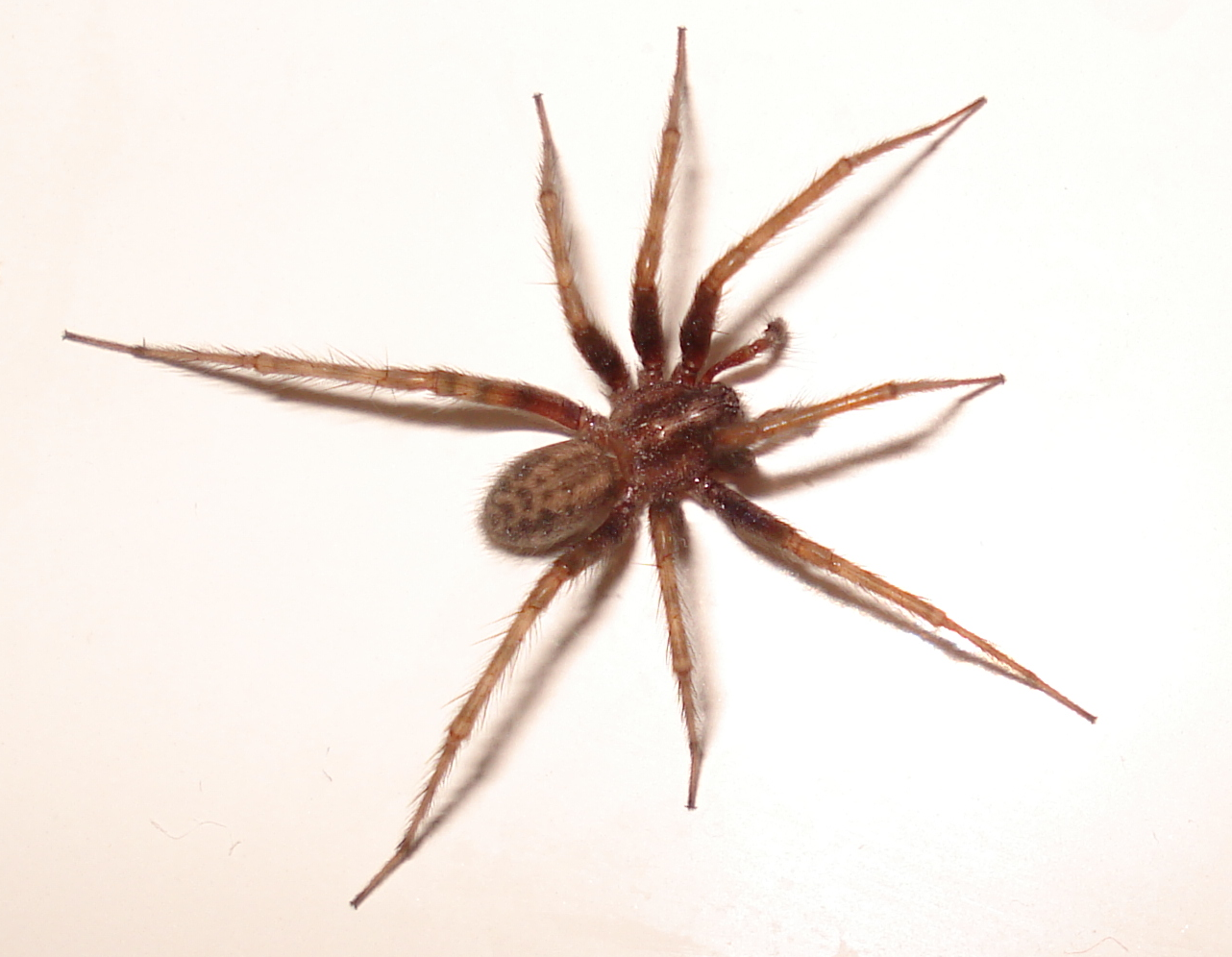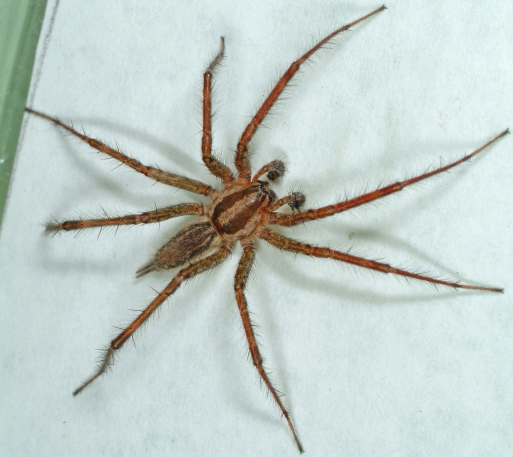Hobo and Grass Spiders
Agelenidae
Identification
- adult bodies up to 3/8 inch long (longer including legs)
- robust, fast moving spiders
- many funnelweb spiders look similar; verify your spider identification with Utah State University Extension
Nesting Habits
- outside in grass, gardens, ornamental plants and trees, along foundations, log piles, under rocks and lawn ornaments, etc.
- often found in tubs and sinks, or running along the floor indoors
Diet
- insects
Significance
- hobo spider: evidence suggests that hobo spiders do not cause necrotic lesions in humans
- very common indoors between August and October
- spiders should be considered beneficial
IPM Recommendations
- Minimize nesting habitat around property (rocks, logs, etc.).
- Seal exterior cracks and crevices.
- Install tight-fitting door sweeps at the base of all exterior doors.
- Vacuum individuals that enter buildings.
- Step on or smash individual spiders that enter.
- Catch and release (with a glass jar) spiders found indoors.
- Change exterior lighting to sodium vapor bulbs.
- Use pest monitors to capture invading spiders, especially between August and October.




